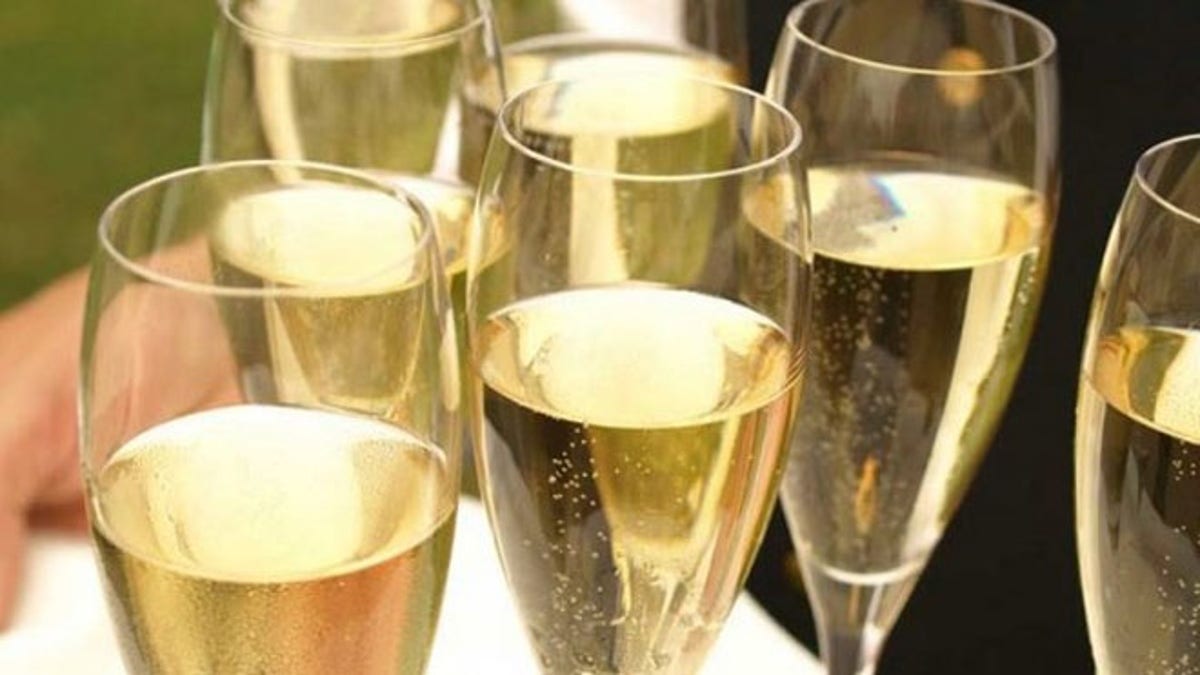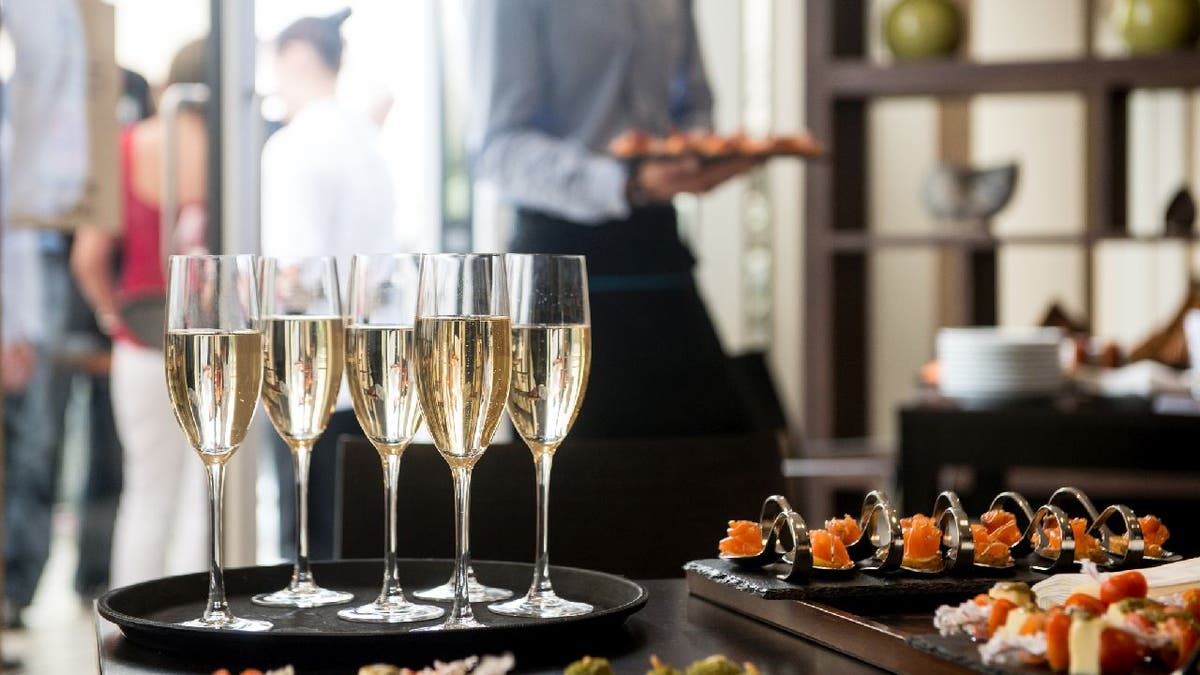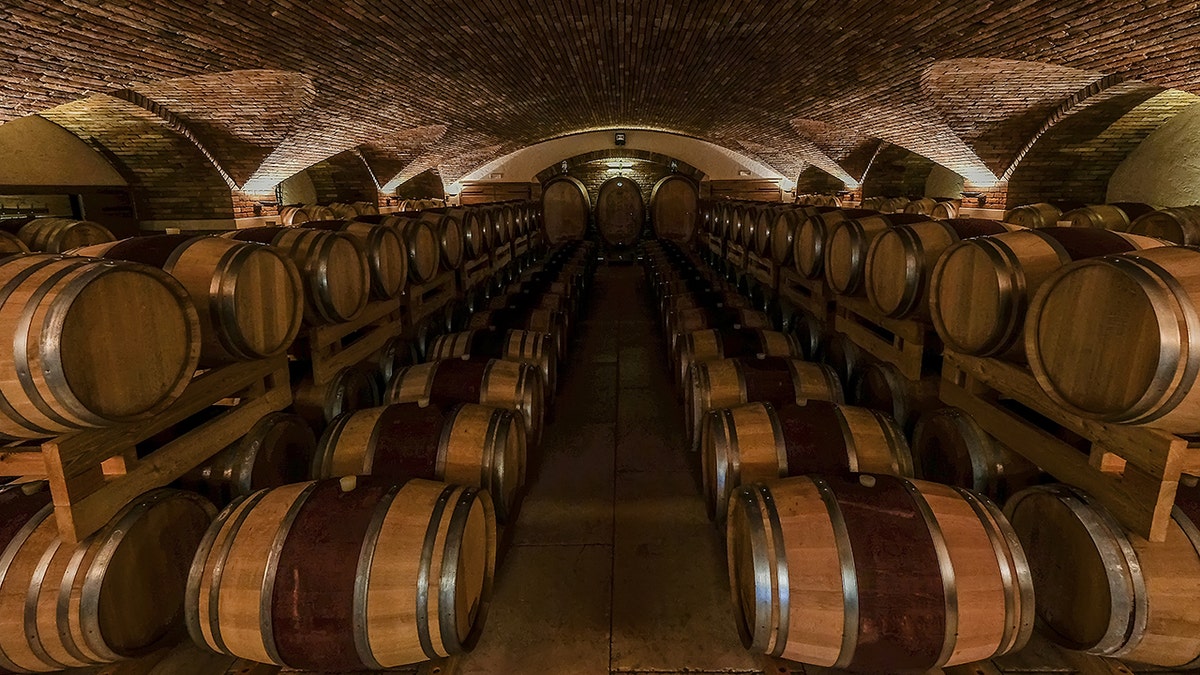
Have you ever been reprimanded by a snooty sommelier or wine snob for referring to prosecco as Champagne — and you weren’t sure why?
While prosecco and Champagne both have bubbles, that’s just about all these sparkling wines have in common.
Champagne is the more expensive of the two beverages, providing a more luxurious feel.
GET CHAMPAGNE TASTE ON A BEER BUDGET
Yet the price point isn’t the only differences between the two.
Here are five major differences between prosecco and Champagne.

Champagne is the more expensive, luxurious option between the two beverages. (iStock)
- Prosecco and Champagne are from different places
- Prosecco and Champagne are made from different grapes
- Prosecco and Champagne are made in different ways
- Prosecco and Champagne have different flavor profiles
- Prosecco and Champagne represent different price points
1. Prosecco and Champagne are from different places
Prosecco hails from the Veneto region in northeast Italy, while Champagne comes from the Champagne region in northeast France.
With the extensive history of winemaking in the Old World, these regions take great pride in their "terroir" — the climate and soil where their grapes are grown.
Champagne is considered the birthplace of sparkling wine, and its growers consider Champagne a "wine of place" that cannot be reproduced anywhere else in the world.
Over the years, the Champagne name has been used indiscriminately for marketing purposes, and Champagne’s governing body has sued brands such as Perrier, Yves Saint Laurent and Miller beer over its use.
WASHING YOUR HAIR WITH CHAMPAGNE? IT'S A THING
So, all Champagne is sparkling wine — but not all sparkling wine is Champagne.
2. Prosecco and Champagne are made from different grapes
Grapes used in the production of both Champagne and prosecco are set by their region’s respective governing bodies to ensure the quality and authenticity of the region’s wines.

The way prosecco and Champagne are made is another key difference between the two. (Stefano Mazzola/Awakening/Getty Images)
There are three main grapes allowed in the production of Champagne: chardonnay, pinot noir and pinot meunier.
Prosecco is produced primarily from the prosecco or glera grape, which is native to the Veneto region of Italy.
3. Prosecco and Champagne are made in different ways
Champagne and prosecco are made in different ways.
Champagne is made using a time- and labor-intensive process known as the "Méthode Traditionelle," also called "Méthode Champenoise."
This method requires that the wine’s secondary fermentation (how it gets its bubbles) take place in the same bottle from which it will be served.
Prosecco’s secondary fermentation takes place in a stainless steel tank, a process known as the "Charmat" method.
The wine is not bottled until the secondary fermentation is complete, making it a more cost-effective method that results in a more affordable price for the consumer.
4. Prosecco and Champagne have different flavor profiles
Prosecco is generally characterized by notes of green apples, citrus and white flowers that are usually light and delicate and not exceedingly complex.
CLICK HERE TO SIGN UP FOR OUR LIFESTYLE NEWSLETTER
Some prosecco even borders on sweet or what’s known as off-dry.

Champagne is often sprayed during celebrations. (Ethan Miller/Getty Images)
Champagne, on the other hand, has added complexity, due in part to additional time spent in contact with dead yeast cells during secondary fermentation.
These yeast cells give it a toasted brioche, yeasty bread dough or biscuit taste, in addition to fruit and other flavors, which can vary depending on the proportion of grapes used and can include — but is not limited to — citrus, apple, peach, honey, white flowers, cherry and raspberry.
5. Prosecco and Champagne represent different price points
In addition to pairing wine with food, you should also pair the wine with the occasion.
Prosecco is an affordable sparkling wine that is an excellent everyday option.
It’s also a great choice for sparkling wine-based drinks such as mimosas, bellinis or pomegranate-rosemary royales.

Champagne is often used in toasts for special events, such as weddings. (iStock)
Champagne’s higher price point — entry level is usually upward of $40 a bottle — makes it more of a special-occasion wine, at events such as weddings and graduations.
It is best enjoyed and savored on its own.
If you want to indulge in a celebratory Champagne/prosecco spray, give the bottle a good shake with your thumb over most of the opening.
CLICK HERE TO GET THE FOX NEWS APP
Do make sure, though, that no one is too close, unless they're OK with being soaked by the bubbly beverage.
Stephanie Miskew contributed reporting.
